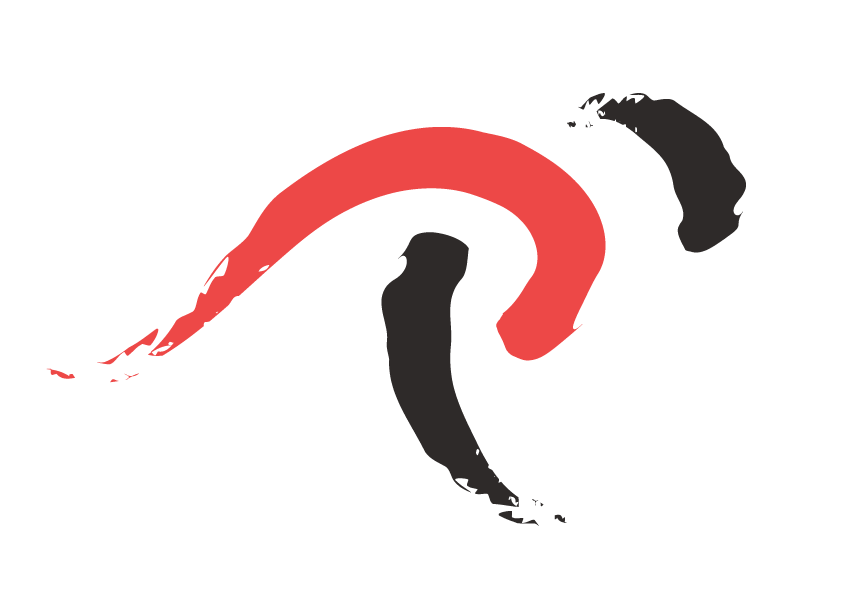Australia’s economy is addicted to immigration, requiring ever-increasing infusions of new people to stave off an inevitable collapse.
Australia has enjoyed 27 years of uninterrupted growth since its last recession—108 consecutive quarters of economic expansion and counting. A few developing countries such as China can match that record, of course, but no other developed economy even comes close. When even China started to slow down in 2012, it raised fears among commodity exporters like Australia. Iron and coal are Australia’s top two exports, and China is their No. 1 destination. But even then, Australia’s GDP growth merely slowed from 3.9 percent in 2012 to 2.6 percent in 2013. Other developed countries might be thrilled just to reach 2.6 percent in the first place.
But Australia’s extraordinary economic statistics mask a more difficult economic reality.
At the lowest point in the spring and summer of 2013, Australia’s quarterly growth rates fell to 1.7 percent. At the same time, Australia’s population was growing at an annualized rate of 1.8 percent. Measured in per capita terms, then, Australia’s economy actually shrank for two consecutive quarters.
Australia also experienced a “per capita recession” for four quarters during the global financial crisis and for two quarters during the dot-com bust of 2000. It recorded a quarter of negative per-capita GDP growth in 2003. Viewed this way, Australia’s economy has in fact matched every U.S. recession of the last 40 years, with one additional slowdown in the first half of 1986.
Australia’s population has grown by nearly 45 percent since 1991. No other major developed country even comes close to that rate. Unlike similarly fast-growing countries in Africa and the Middle East, Australia doesn’t have a particularly high fertility rate. In fact, the rate is well below the replacement level required to keep its population stable. The majority of Australia’s population growth comes from immigration. In turn, Australia’s so-called economic miracle is based on immigration, too.
The Australian Bureau of Statistics reckons that Australia’s population passed the 25 million mark “just after 11 p.m.” on Aug. 7. That represents a doubling of the country’s population in less than 50 years. At the same time, 50 years of unparalleled immigration have given Australia the largest foreign-born population of any major developed country in modern times. As of 2016, over 28 percent of people in Australia were not born there. With immigration hitting new records in the 2017 to 2018 fiscal year, that figure is almost certain to breach 30 percent by the end of the decade. Immigration is now adding nearly 1 percent per year to Australia’s population.
Their presence gives the economy a boost—and saves the government a lot of money. Australia has a universal single-payer health care system called Medicare, which is similar to the U.S. Medicare program but is open to all citizens and permanent residents. With immigration continuously boosting the population of healthy, working-age, taxpaying adults who need little medical care, Australia is able to support its national health system at relatively low cost.
Australia has even managed to turn immigration into an export industry. After minerals, Australia’s largest “export” may well be educational services, represented by tuition fees paid by international students studying in Australia. As a result, Australia, with a population of about 25 million, is ranked fourth in the world for the number of international university students. In addition to 382,000 international university students, Australia hosts a further 248,000 junior college and high school students. And international enrollments are growing at double-digit rates, with about one-third coming from China.
Edited by Jeff Cao.
Originally posted by Salvatore Babones at https://foreignpolicy.com/2018/10/03/australia-the-worlds-first-immigration-economy/

